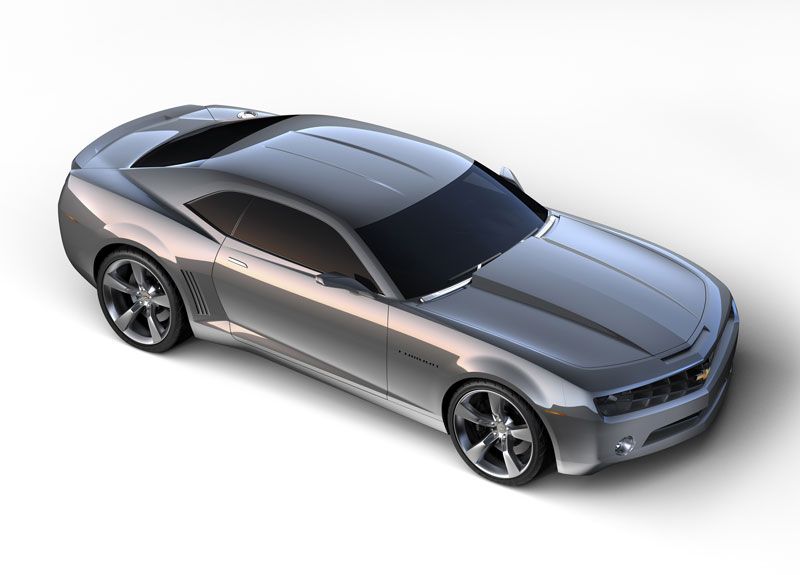According to The Car Connection, there might be a hybrid Camaro. An article therein says General Motors has a team working to adapt the company’s two-mode hybrid to the Camaro in an effort to raise the fuel economy, in light of the new necessities thrust upon the car makers by the new Corporate Average Fuel Economy standards that begin to apply in 2012.
But, don’t read too much into that report.
(More after the jump)
The report is, at least superficially, consistent with what TopSpeed.com has been told by GM’s hybrid boss: that GM is pursuing a hybrid version for every one of its vehicle lines.
That said, however, any hybrid for the Camaro would likely be one generation further removed from the next version of the two-mode hybrid powertrain which will be introduced by GM. That is, it would be two generations removed from the hybrid powertrain currently used on the Tahoe and certain Chevy Silverado’s. GM’s two mode hybrid powertrains have been developed from big down: they started with the buses now spreading across the nation, then to the pick-up and SUV vehicles, and are being developed downward in size from that for future vehicles.
However, there’s no real reason to believe that GM will invest in a hybrid powertrain specifically for the Camaro.
That’s because the business case for the Camaro has now evaporated.
Though the company is still committed to building the Camaro – it has moved too far along to cancel – the car will be the third entry in a market that is shrinking. Though the new Dodge Challenger will add some temporary excitement to the market, the overall trend is probably reflected by Mustang sales. That’s not good news: they’re down 27%.
Worse, from GM’s perspective, is the cost of building the Camaro.
The original cost justification for the car presumed that the company would be able to spread development costs for the platform over other vehicles, such as a rear wheel drive Impala. Hence, the Camaro did not have to pay for itself. It would merely be the first of several cars built on the same platform, so would only have to contribute its share to the costs.
(Incidentally, this distinguishes the Camaro from the Dodge Challenger. The Challenger is built on an existing Chrysler platform – the same platform that supports the 300 and the Dodge Charger.)
But, the new CAFE rules have changed that.
Reportedly, the rwd Impala is now dead.
Moreover, GM Vice-Chairman Bob Lutz told TopSpeed.com at the Detroit Auto show that rear wheel drive cars achieve about one mile per gallon less in fuel economy than a comparable front wheel drive vehicle. At the time, Lutz said the company was still deciding whether it could absorb that difference and still meet CAFE standards. But, according to The Car Connection, GM insiders are now saying that the company has decided that it cannot do so.
If that’s the case, and it appears to be so, then the Camaro platform’s development cost won’t be spread out over other rwd domestic vehicles, though some of the platform’s costs might be offset by building cars on the platform in Australia and China.
All of which puts GM in a real bind.
No matter what GM does, the Camaro alone cannot pay for its platform development costs.
So, the question becomes how the company best minimizes the loss.
That would be a complex question, but it would at least be a completely economic calculation, but for one thing: CAFE. Not only does the company have to figure out how to reduce losses on the platform, but they also have to figure out how to minimize the negative impact of the car’s fuel mileage on the balance of the GM passenger car line.
Camaro pricing is boxed in by two considerations: first, the competition. Both the Mustang and Challenger are competitors, so pricing has to reflect what the competition is doing. Second, the Corvette. The base Corvette starts at about $45,000 and many dealers will discount substantially from that figure. IF the Camaro is priced too high, it doesn’t compete with the Ford and Dodge, but does compete with the Corvette. Competing with the Corvette has always been forbidden territory at GM, for the very good reason that the Corvette is enormously profitable.
Odds are that GM will introduce the Camaro with great fanfare, when the time comes. But what it does with it after that is anybody’s guess.

